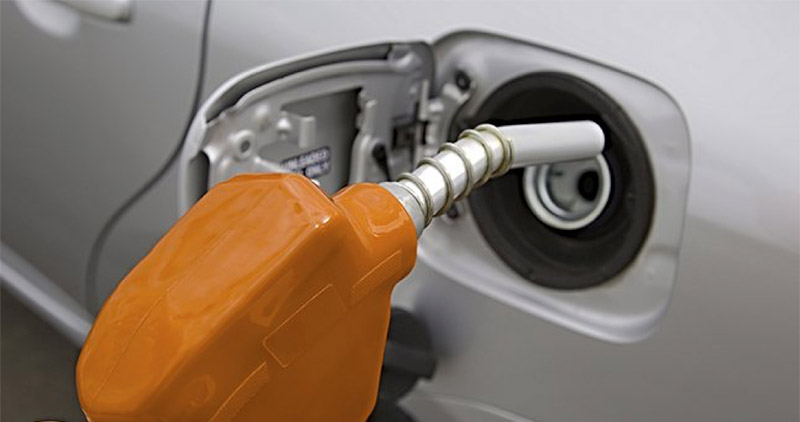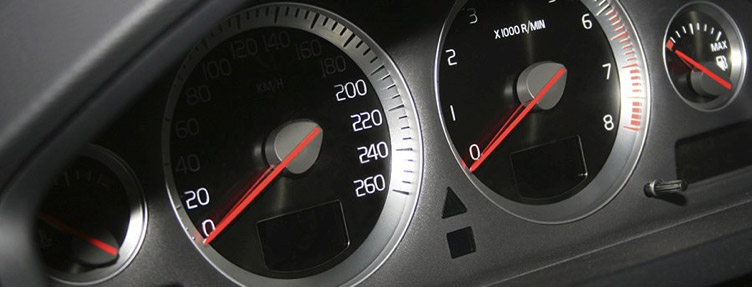Catch Can
& Manifold Clean
Catch Can
Modern Diesel engines fitted with Exhaust Gas Recirculation (EGR) systems divert exhaust gases back into the engine to be re burned again reducing particulate emissions. With the presence of oil from the crankcase ventilation system, the exhaust particles are collected by the oil.
The combination of oil and exhaust particles from the EGR can build up to a point where it blocks inlet manifolds and valves, resulting in reduced engine performance and / or failure.
The best way to clean out the build up of particles in the manifold is to remove the manifold and manually scoop out the contents.
The images below are typical examples and ones that we have manually cleaned.
The best way to prevent this build up is by fitting a catch can / oil separator.
The benefits of fitting a catch can are:
- Prevents oil and soot contamination entering the clean air intake
- Excellent protection for turbocharger
- Prevents oil buildup in intercoolers
- Regulates crankcase pressure
- Keeps critical engine components clean
- Reduces exhaust smoke and odours
- Saves you money
Frequently asked questions about Catch Cans:
Why do you need a HPD Catch Can?
An HPD catch can is one of the simplest and most effective accessories you can fit to a turbo-diesel engine.
To meet ever-stricter emissions regulations, manufacturers of diesel engines have used Exhaust Gas Recirculation (EGR), which diverts sooty exhaust gases back into the engine to be burned again, reducing particulate emissions.
The engine breather pipe sends air from inside the crankcase into the intake as well. The fine oil mist in this air combines with the soot from EGR to form a sticky deposit that builds up to the point that it affects the breathing of the engine, clogs EGR valves and jams turbo actuator flaps.
This buildup can occur very quickly – in some cases less than 60,000km – requiring expensive intake cleaning that is not covered by warranty.
HPD has tackled this problem with our catch can. The catch can is an oil/air separator that is mounted between the breather and the intake. Its four fine stainless steel mesh filters capture the fine vapour before it gets to your intake, reducing buildup over the life of the vehicle.
Precision-made in Australia from billet aluminium, HPD catch can kits come complete with laser-cut brackets, silicon hoses and all clamps and fasteners needed to complete a factory-look fitment. The oil reservoir has a dipstick for easy monitoring of the oil level, and unscrews for easy emptying when required. The mesh filters need no maintenance and never need replacing.
Installation is an easy DIY task for the home mechanic or enthusiast, with comprehensive fitting instructions and simple, bolt-up fitting, or it can be quickly and cheaply done by any mechanic while your vehicle is being serviced.
There are specific kits to suit dozens of popular models of 4WD and commercial vehicles, as well as a universal kit that can be fitted to any turbo-diesel engine.
The HPD catch can does not vent to atmosphere, so it is compliant with Australian Design Rules.
All other catch cans with a pressure relief valve does not meet ADRs and is not legal to use on the road.
How to Empty your Catch can -
Step 1 – Firstly remove the dip stick from the catch can and check the oil level if any by inspecting the end of the dip stick, once there is roughly about 20-30mm visiable on the end of the dip stick it is time to clean out your catch can.
Step 2 – Removing the bowl/base of the catch can is very simple and can be done by hand. The catch can bowl / base can be easily removed by rotating the bowl / base left for undoing and right for tightening.
Step 3 – Once you have removed the bowl/base please safely empty the contents and either wipe out or use a degreaser to clean, ensure Catch can is dry before replacing bowl/base.
Step 4 – Finally after cleaning, replace the bowl/base by screwing it back on rotating it to the right to do up, carefully to not to over tighten. Firm tightening by hand is sufficient.
How to Clean your Catch can -
Step 2 – Remove the bowl and give a quick wipe out to ensure there is no oil at the base of the bowl, once clean re-attach bowl of the can. Once this has been done spray a small amount of degreaser through the inlet and outlet hose tails on the catch can. Be sure not to use a Carby Cleaner as this can slowly deteriate the o-rings inside the catch can filtration system.
Step 3 – Once the degreaser has dripped through the filters empty the bowl again, wipe and ensure it is dry before replacing the bowl.
Please note that our catch cans work best with oily filters, please only clean the catch can when required.
Finding Condensation in your Catch can? -
Winter driving and short trips can combine to cause engine problems such as oil leaks or apparent oil consumption.
A “short trip” can be defined as any time your vehicle is started without letting your engine’s oil reach full operating temperature. Depending on outside temperatures, it may take only a few minutes or up to half an hour before your engine oil is fully warmed up. Most private vehicles driven in the city would fall into the short-trip category.
Water is the culprit in your engine’s problems. Each time you start your vehicle, air inside the engine is warmed up quickly and water vapour condenses on the inside of the cold metal engine block. These water droplets dribble down the inside of the engine into the oil pan. A similar effect can be seen whenever you take a cold glass jar from the refrigerator and place it on a table. Water vapour condenses on the surface of the jar and runs down onto the table.
While water is essential to the engine’s cooling system, it can be harmful inside the engine crankcase. If the engine oil reaches full operating temperature, the water inside the crankcase evaporates and is pulled into the intake manifold by the engine’s crankcase ventilation system. Then it passes through the combustion chambers and out the exhaust system. Part of the exhaust fog we see during cold weather is water vapour.
When the engine oil never reaches operating temperature, the water collects in the bottom of the oil pan and low spots in the crankcase ventilation system. I’ve seen several short-trip vehicles with more than a litre of water sitting in the bottom of the oil pan. This isn’t seen on the engine dipstick because the oil floats to the top.
A long trip on the highway will evaporate this water, so it might seem that your engine is suddenly using a lot of oil. In reality, your engine has been using a little oil for a long period of time (a normal condition), but the level on the dipstick has remained constant because water has replaced it.
Water that collects in low spots in the engine’s crankcase ventilation system can freeze when the vehicle is turned off. The next time you start your vehicle, the ventilation system can’t work and air pressure that normally builds up inside the crankcase cannot be released.
The result is oil forced out past engine seals and gaskets. Enough oil can be forced out that engine damage can occur in less than 100 kilometres of highway driving due to a shortage of oil. Replacing the seals and gaskets may repair any current oil leak, but it will not cure your problem.
There are ways to prevent engine damage. One way is to change your engine oil more frequently during cold weather. Changing oil every 5,000 km may seem excessive, but it also removes any water.
Another precaution is to have your engine’s crankcase ventilation system checked. Replace the positive crankcase ventilation PCV valve as indicated in the maintenance recommendations in the owners manual and check all the hoses for low spots where water could sit and freeze. A mis-routed hose can cause problems, but even hoses that are routed correctly can sag and create a low spot. Sometimes a hose needs to be repositioned slightly. If the system is plugged, water vapour and fumes cannot be pulled from the engine crankcase.
Finally, the most economical method of preventing engine trouble is to change your driving habits. Combine several short trips into one longer trip. This allows the engine’s oil to warm up fully and evaporates any water in the oil. It can also save you a bundle on fuel costs because the vehicle has to be warmed up only once.
Catch Can Fitted
Need more information
Call in and visit us or give us a call
07 3281 1050
Catch Can
Visit us here at Powertune 4×4 & Car Service Centre. Our qualified technicians can assist with all your Catch Can & Manifold needs.
Satisfaction Guaranteed
- Our Team are always here to help.
- You will get what you paid for.
- Your safety is our highest priority.
- We'll let you know your choices if things change..



